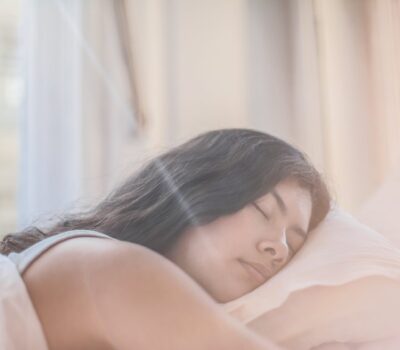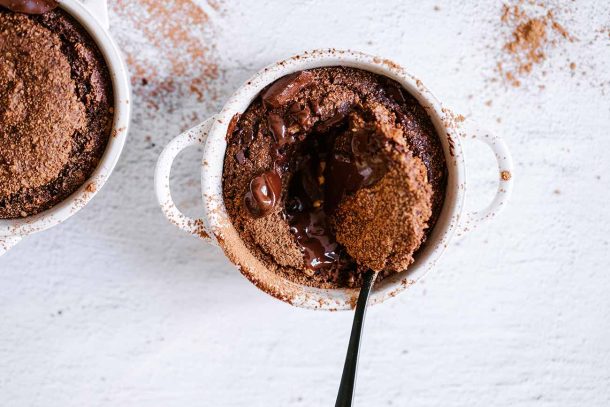Sometimes it is the removal of something that may have been taken for granted that makes us appreciate it more. In this case, we are referring to the loss of freedom to travel. Whether this be to visit loved ones, to take much needed respite from the ever increasing demands of life, to immerse yourself in a favourite activity, time to restore, replenish, reflect, recover.. perhaps an opportunity to experience adventure or to expand our minds and consciousness through learning about another culture and history. The consequences may well be that we shrink into a perceived safety and close our minds to the most fundamental tenets of humanity; to connect with others, to embrace and respect our differences. It is for this reason that we regard travel experiences amongst the rich tapestry of wellbeing at Healthy Luxe.
Going to Bosnia and Herzegovina, which had never been on my wish list of places to go, was a rewarding venture into the unknown and a reminder of how expansive and enriching travelling can be, to experience other cultures, learn a little of a country’s history, to hear stories from the locals and to experience their warmth and hospitality. I travelled with an extraordinary group of people, led by Michelle Karen. We were all curious and open to adventure and possibilities, drawn to the wondrous and mystical pyramids, said to have healing powers, albeit their very existence denied by some, which simply adds to the intrigue.
Geographically, Bosnia and Herzegovina is located in the Balkan Peninsula of Europe, bordering Croatia, Serbia and Montenegro and the Adriatic Sea.
The mention of Bosnia often evokes the thought of the war which spanned from 1992 until 1995. This war ultimately led to the disintegration of the former Social Federal Republic of Yugoslavia and subsequent independence of the six Balkan republics, being Serbia, Croatia, Bosnia and Herzegovina, Montenegro, Macedonia and Slovenia. The process of the splitting of Yugoslavia began in 1991 when Slovenia declared and achieved independence with relatively minimal bloodshed. This was not the case in other conflicts in the region, with Bosnia and Herzegovina amongst the most devastating. Millions fled their homeland permanently during this time.
Leading up to this conflict and following the German occupation during World War II, Yugoslavia was under the dictatorship of socialist Jusip Broz Tito. During this time there were bitter and brutal struggles between Yugoslavia and the Soviet Union. It is reported that Tito survived multiple assassination attempts by the then Russian president, Joseph Stalin, and that Tito may have been the real cause of Stalin’s demise, by way of poisoning. Amidst fear of a Soviet led nuclear attack, Tito built an underground bunker, known as ‘Tito’s Bunker’ completed just a year before he died, which is now open to the public. After Tito’s death, turbulence grew within the region which led to the conflicts mentioned above.
The history of this region prior to this turbulent recent history goes back centuries and is fraught with tension, conflict, invasions and power struggles. Anyone interested in history could spend many hours and days reading about the various chapters from Neolithic times, to Roman occupation, the formation of the Bosnian Kingdom, the Ottoman era, Austro-Hungarian rule, each with their own complexity. It has been reported that the assassination of the heir to the Austria-Hungarian throne, Franz Ferdinand and his wife Sophie, during a visit to Sarajevo in 1914 (often referred to as ‘The Sarajevo Incident’) was the catalyst for the First World War.
The language is Bosnian, and few people speak very much English. Despite the traumatic history the people were welcoming and just a few words spoken in their language elicited smiles of appreciation. It is always a good idea to learn at least a few words when visiting another country. The effort and the respect this conveys can make a huge difference. Here is a start if you are travelling to Bosnia and Herzegovina…
Dobro jutro. (pronounced Doboro ootrą) // Good morning
Hvala (pronounced Vlala) // Thank you
Sarajevo
Our journey began in the capital, Sarajevo, sometimes referred to as the Jerusalem of Europe.
Exploring the old town of Sarajevo was delightful, wending through endless cobbled streets and lanes in the old bazaar, stores selling their wares amongst a plethora of restaurants, cafes and shisha bars. There were also museums and places of worship including churches and mosques. When visiting these sites it is important to respect the requirement to wear head coverings.
Traditional artisans can be seen making metal plates, jugs and bowls, with intricate designs… depending on the complexity, one piece can take days to create. Although some will also be mass produced for the tourist market.
There is no shortage of restaurants and due to the language barrier, many have the laminated photo menus, which has some practical merit.
Very popular was a traditional dish called Cevapi, consisting of meat kebabs served in pita bread. So not for me, however I did sample excellent falafel. For those who like sweets, the traditional Baklava is a must!
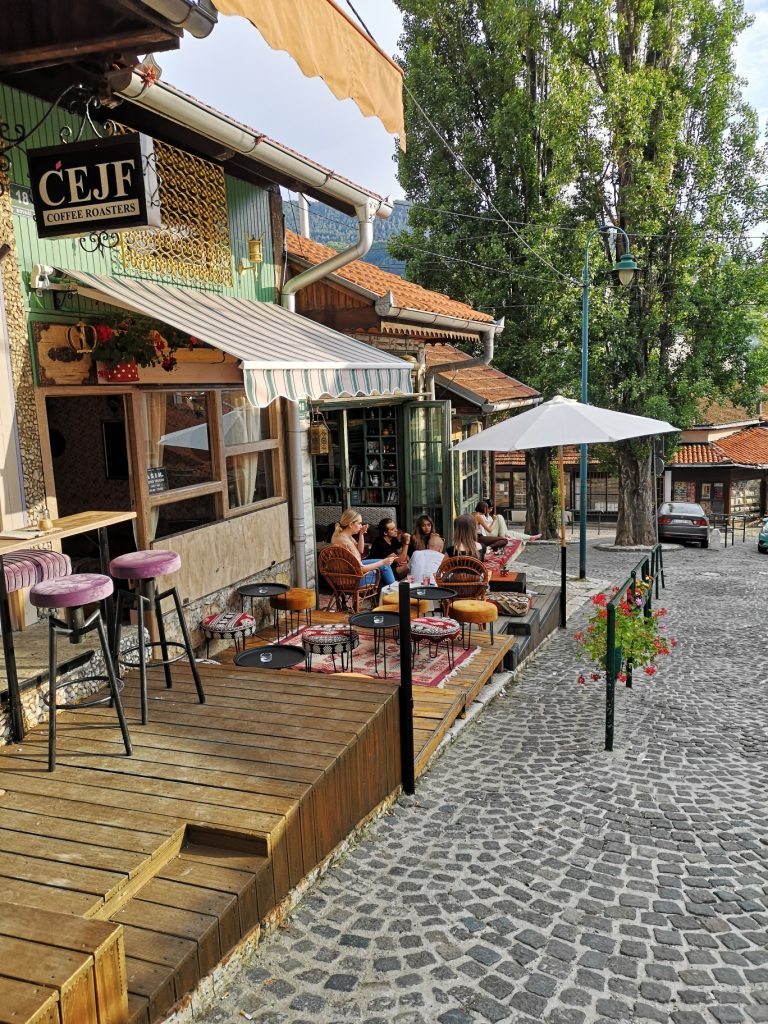
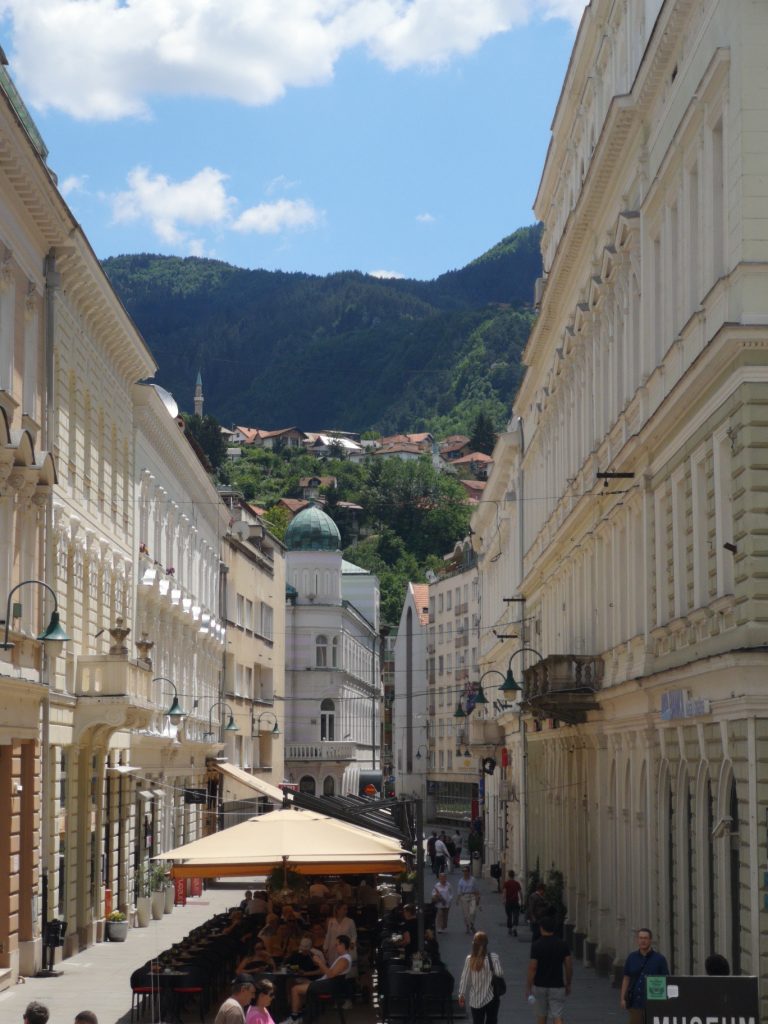
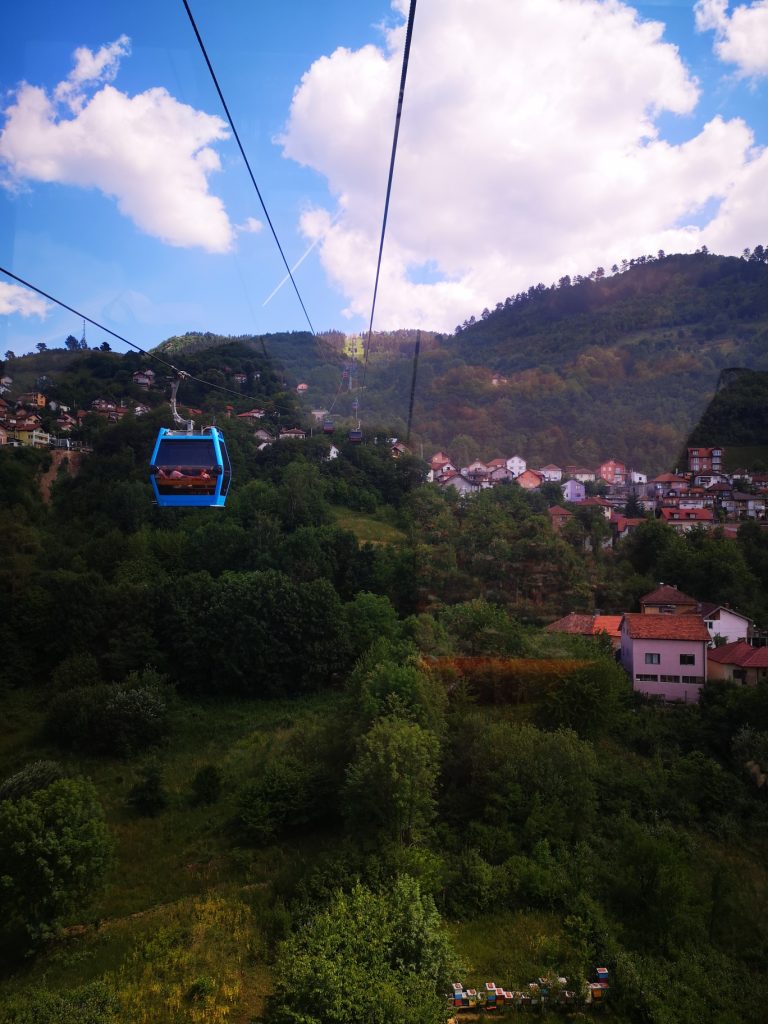
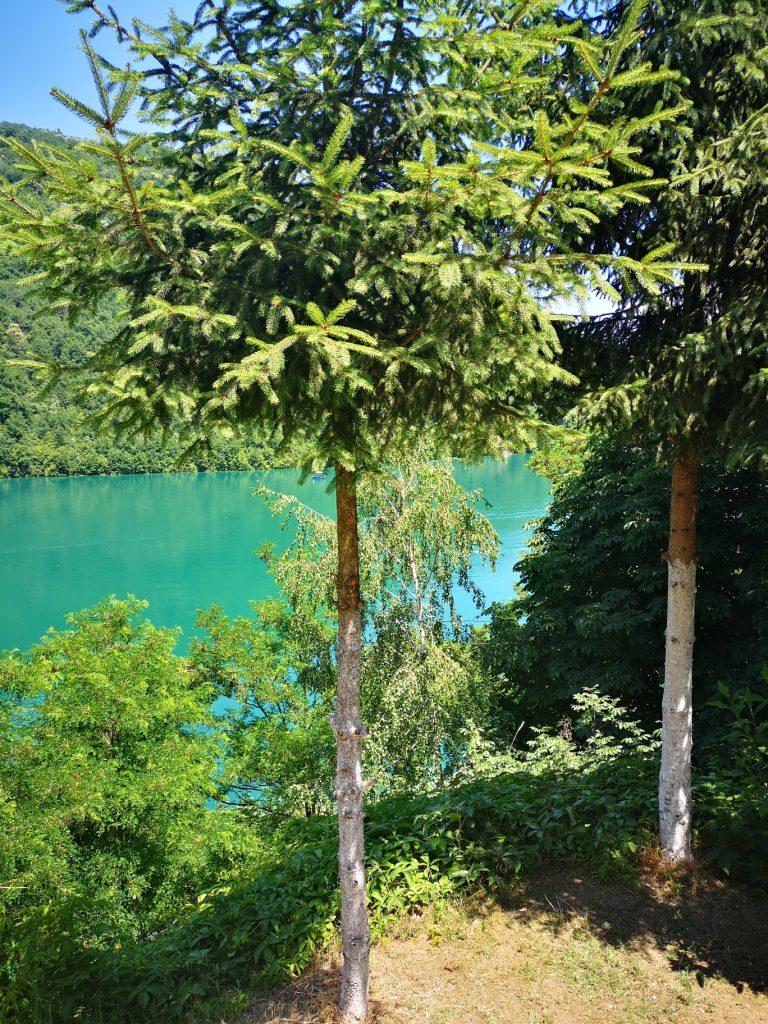
Food is always important to us and even though I had to come to terms with the idea that I may struggle to find vegetarian food, it is definitely not impossible. Two stand out restaurants in Sarajevo included Karuso and Dveri… bookings are essential for both.
The lack of apparent charm of the exterior of Karuso is very deceptive, as the interior is full of character and the chef, Saša Obučin, is truly passionate about creating delicious, fresh food, all from scratch. We began with gazpacho, followed by a variety of shared vegetarian, vegan and pescatarian dishes.
A short walk from the centre of the old town is a cable car to transport visitors to the top of the mountain, the site of the winter olympics. The vista from there was breathtaking, lush forests, a spectacular view of Sarajevo city nestled amongst the surrounding mountains, crisp, clean air and a multitude of hiking tracks.
The two hour drive from Sarajevo to Mostar displayed spectacular scenery of forests and the turquoise blue river….. a tributary to the Blue Danube. The physical natural beauty of the country surprised me.
Mostar
Recently, the beautiful town of Mostar was featured by CN Traveller on their list of “most under-rated travel destinations”.
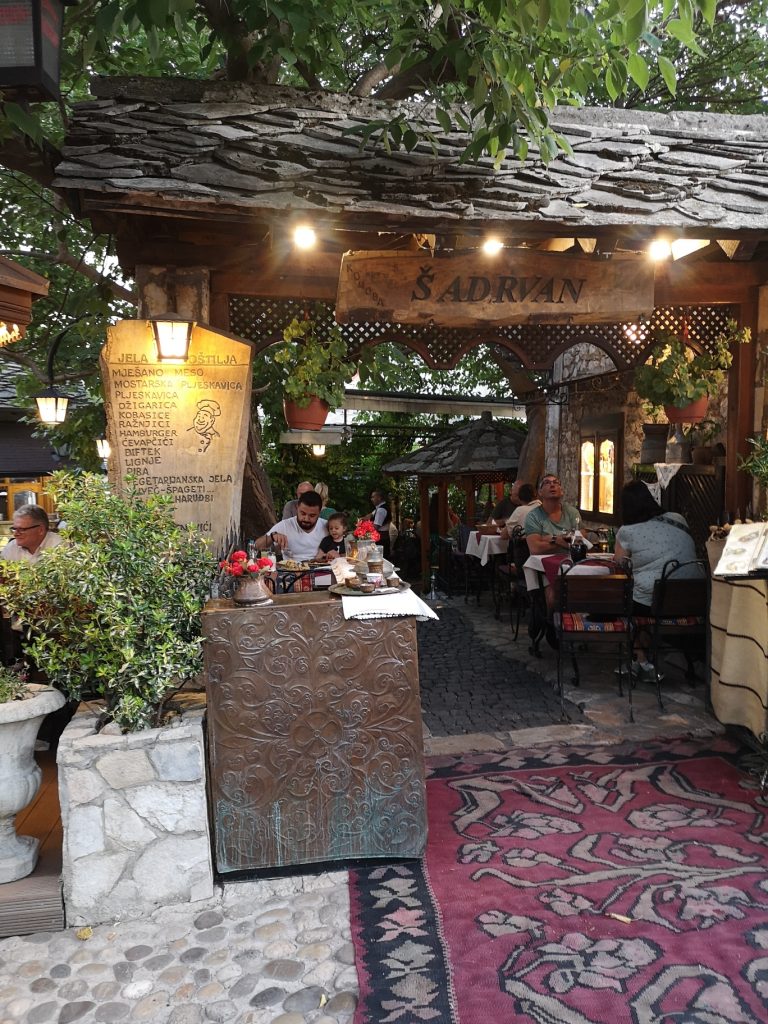
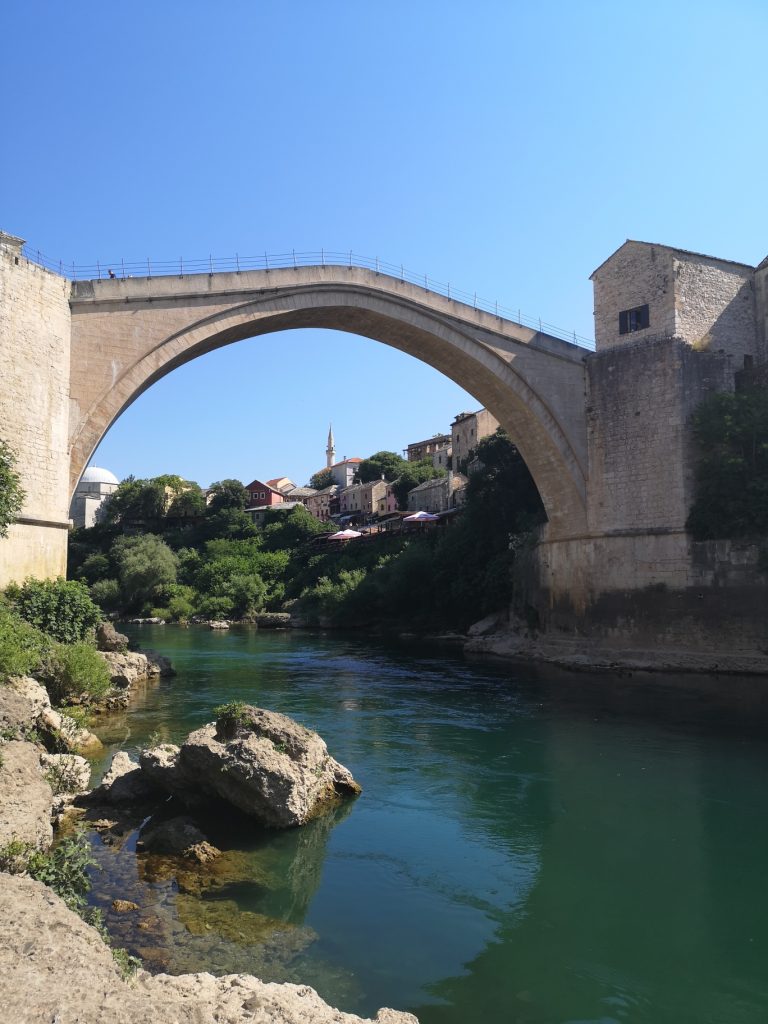
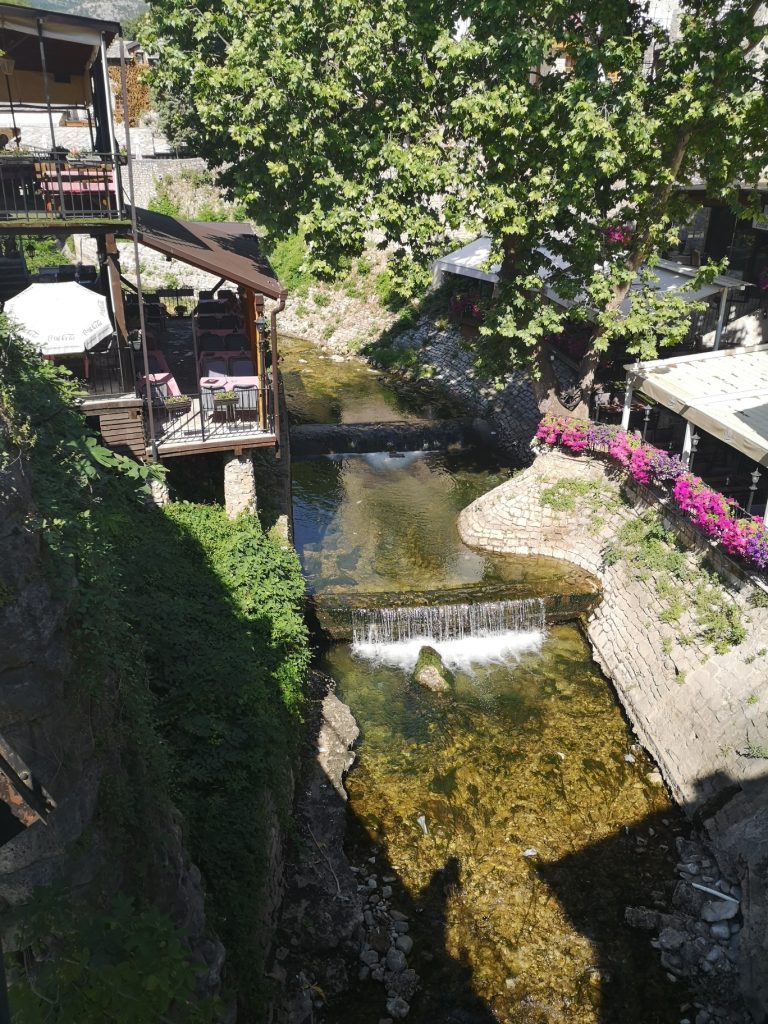
The old town of Mostar and its famous Stari Most bridge is now a UNESCO site and attracts many day visitors. The bridge was originally built in the 15th century, and was a symbol of friendship amongst the Balkan people. In the early 2000s it was rebuilt and now symbolises reconciliation amongst the Balkan people torn apart by conflict.
The devastation of the war could still be felt and yet the warmth and resilience of the people was humbling.
It was easy to while away several hours, wandering the charming cobbled streets amongst the brightly coloured medieval buildings of the old town, exploring the many shops …cashmere and silk pashminas and scarves are in plentiful supply and very good value.
Again there is no shortage of places to eat in the old town of Mostar, many in beautiful outdoor settings overlooking the spectacular Neretva River. The food is often served in elaborate metal dishes. Again meat is dominant, however there are a number of fish options as well as good, simple vegetarian dishes. The restaurant, Sadrvan, was highly recommended in reviews and by our hotel. The staff were welcoming and friendly, dressed in traditional costume and we dined in the delightful rustic ambiance created in the leafy cobbled courtyard.
The surrounding areas of Mostar also offer unique experiences, for example..
Blagaj Tekke (also known as the Dervish monastery) originally built between 1446 and 1520 as a Sufi monastery set into the cliff face beside a cave bordering the Buna River. It has been repaired and rebuilt a number of times. According to Sufi traditions, the site of the Dervish house fulfilled certain Tekija principles, which included the presence of a source of water and a cave. To enter the house you will be requested to remove your shoes and women will be provided with a scarf head covering and a full length skirt
The nearby village of Medjugorje, has become a popular pilgrimage destination for Christians since 1981, when six children reported a sighting of Mother Mary. Also in this village is the ‘Statue of the Risen Christ’, a towering bronze statue of Jesus which exudes a clear substance from the knee, sometimes referred to as the ’weeping knee’. Visitors come in their thousands every year to touch the liquid and take away samples infused in fabric such as scarfs.

Kravice Waterfalls
Approximately 40 kilometres from Mostar are the beautiful Kravice Waterfalls. The pristine, crystal clear waters at the base of these powerful falls created the perfect conditions to just ‘be’… to bathe in the purity of nature. After feeling refreshed and enjoying the warmth of the sun I was visited by a small, electric blue dragonfly, which rested on my hand for what seemed quite a long time, although in reality was probably less than a minute. I watched it gently move its wings and admired it’s beauty as I pondered the spiritual meaning of dragonflys… we were on a mystical tour after all…. Kayaks are available for hire for those with a little more time and there are a few basic cafes for refreshments.
Visoko
Our next stop, where we spent four days, was the pretty town of Visoko and home to the Bosnian pyramid complex. As mentioned already the existence of these pyramids is denied by some in the scientific field. Interestingly, the scientific endeavour and ongoing work in search of the truth has been thwarted, which doesn’t seem to make logical sense.
For some time, the known pyramids around the world, notably the Egyptian and Mexican pyramids, have been a source of mystery and intrigue. Questions have been asked around how they could have been constructed given the sheer size of the stone blocks, often weighing several tonnes and originating in far away lands. There is also the discovery by physicists, such as Nassim Haramein, that known pyramids have the same alignment with the Orion constellation, beyond what could be concluded as coincidental. Pyramids and significant archeological sites also share the common feature of being build upon specific magnetic lines, sometimes referred to as ley lines.
There is a view that the space between us is not empty. There is a unified field which connects us all. The pyramids may shed some light on this little understood concept.
During our visit we were fortunate enough to hear Dr Osmanagich speak about his fascination with ancient cultures, his extensive research and his tumultuous journey since discovering the Bosnian pyramids in 2005.
Dr Osmanagich (Dr Sam) challenges the view the pyramids were built to house the remains of Kings and Pharoes. Dr Sam hypothesises that they may have been energy centres capable of generating, transforming and transmitting energy and that the ancient civilisations involved in their construction may had access to highly advanced technology, far superior to that we have today. There is substantial scientific evidence to support this hypothesis. For example an international scientific team established the existence of an energetic beam over the Bosnian Pyramid of the Sun. The frequency is 28kHz with an oscillating radius between 21.3 and 43.3 meters, a phenomena likened to Tesla’s described ‘torsion fields’.

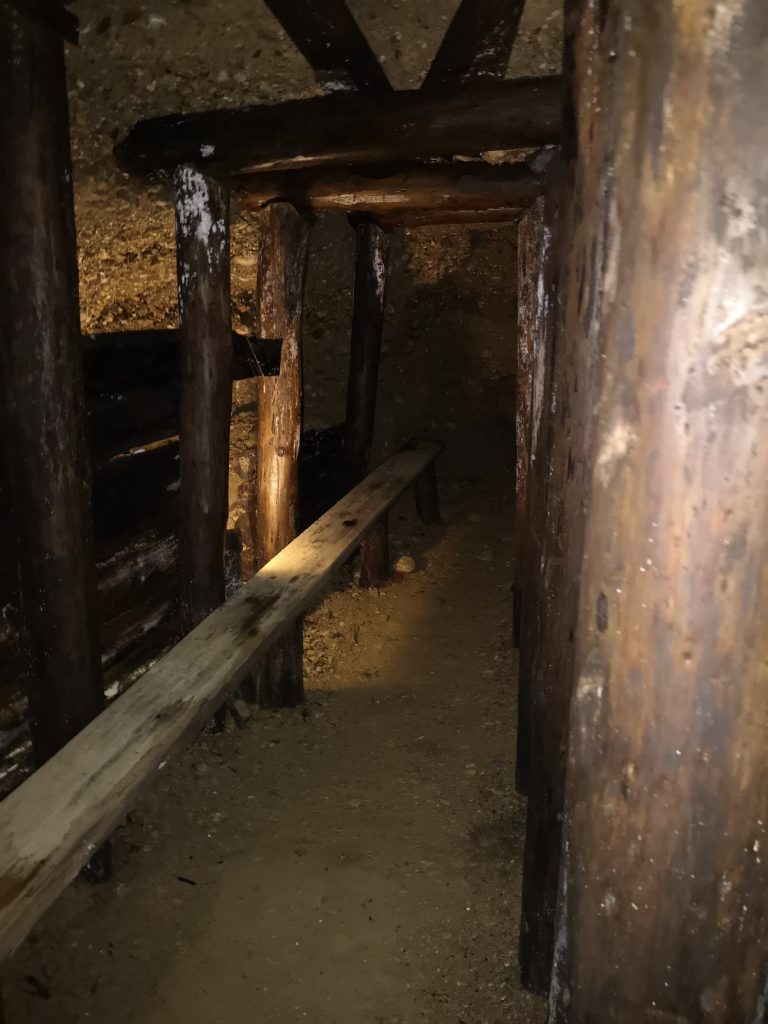
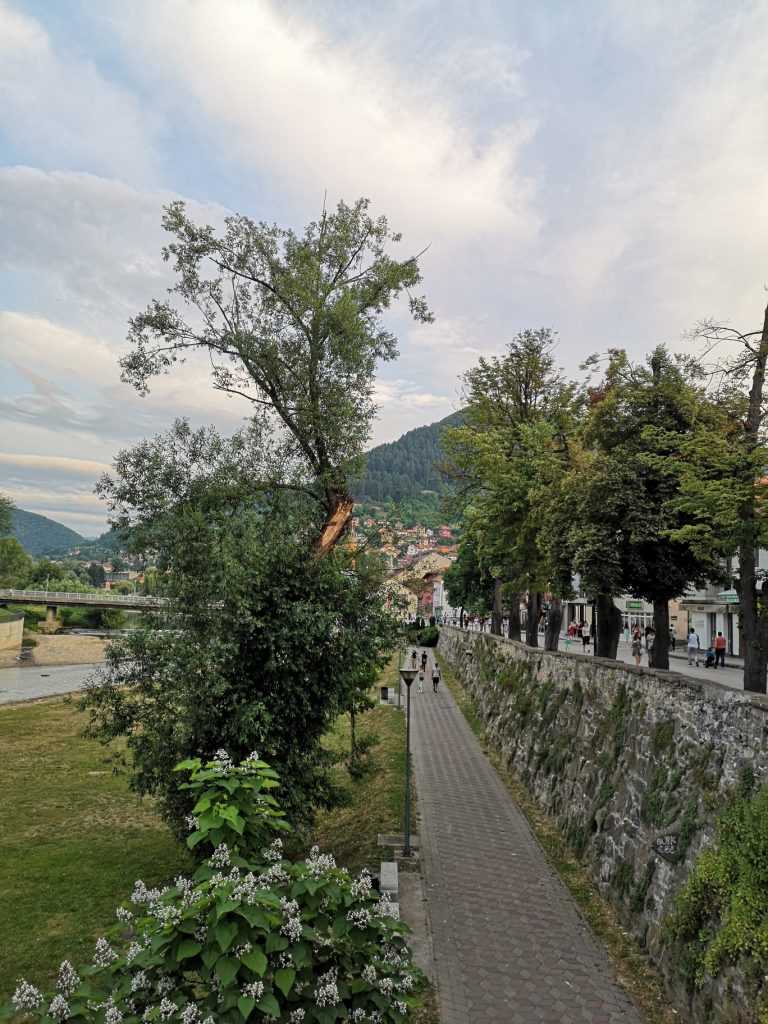
As Dr Sam correctly points out, we put enormous resources into discovering other planets and yet there is so much within our own planet we don’t know about, or understand. Many people are intrigued and drawn to the great pyramids of the world, such as Cleops in Egypt and Chichenitza in Mexico, along with other ancient civilisation sites such as Machu Picchu in Peru. The extraordinary level of knowledge in energy, astronomy, geometry and construction cannot be explained within our current paradigm of thinking.
Geophysical measurements suggest that there are seven layers of tunnels within the Pyramid of the Sun labyrinth, along with a number of chambers… many are now used as meditation chambers… in fact our group participated in a meditation within one of the chambers deep in the tunnels and were undisturbed whilst there. It was hard to fathom that we were within the earth, filling our lungs with exceptionally clean air. I experienced a profound sense of wellbeing. The temperature within the tunnels is fairly constant all year round at 12 degrees Celsius, unaffected by the outside temperature.
Measurements of negative ions within the tunnels have been reported to be as high an astounding 43,000 per cubic centimetre within the Bosnian tunnels. The significance of negative ions in relation to our health is their bio electrical capacity to increase oxygenation, improve energy levels, balance the nervous system, improve mood and promote restful sleep. They are found in higher concentration in places of nature such as rainforests, waterfalls and the sea, which could explain why people often experience an overall sense of well being when visiting these sites. Negative ions also cleanse the air of pathogens. For reference, the concentration of negative ions near mountain waterfalls has been measured at approximately 5,000 per cubic centimetre, a fraction of the concentration found within the tunnels. It is not surprising then, that there are many anecdotal reports of improvements to health, from asthma to blood sugar regulation to injuries and more, which may be due, at least in part, to this extraordinary concentration of negative ions.
Although no medical claims are made, blood assays conducted have revealed interesting results in terms of enhanced detoxification and immune system processes.
Adjacent to the entrance to the tunnels is the Ravne Archeological and Energy Park as well as a number of stalls selling souvenirs, such as crystals and pyramids. There are also a number of cafes and I am happy to say a juice bar selling a wide range of healthy juices, smoothies and healthy treats. It is also possible to purchase water sourced from within the tunnels. At night, the surrounding foliage at Ravne Energy Park was lit up by the enchanting flickering of fireflies to add to the magical feel.
There is so much more that could be written about the Bosnian pyramids from megaliths to ancient runic symbols. Bosnia and Herzegovina was full of surprises and a highly recommended destination.
Good to know if travelling to Bosnia:
- Currency used is primarily Bosnian Marks. The conversion rate will vary but approximately $1 US is 2 Bosnian Marks. The rate is similar to euros. It is important to know that many establishments only take cash. Some will accept US dollars or euros. There are exchange booths who can change your currency and ATMs dispense Bosnian Marks, however there is a withdrawal charge of approximately 5 euros per transaction.
- Power: power sockets for appliances and devices are the same as for other European countries, so appropriate adaptors may be required.
For more travel reviews and inspiration, check out the travel section of our blog.



